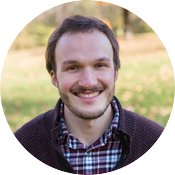Extreme heat is often overlooked as a public health concern in Minnesota, where intraseasonal summer variability limits acclimatization to oppressive heat conditions. Specific categories of synoptic-scale air masses are linked to summer excess mortality and elevated health risk in the Midwestern United States, particularly within urban heat islands. Between 1948 and 2019, Minnesota’s four largest urban areas have experienced narrowing diurnal temperature ranges and decreased nighttime cooling, while warmer and more humid air masses have increased in frequency at the expense of cooler and drier ones. Distinctions between urban and neighboring rural sites’ diurnal temperature ranges across summer air masses are generally more significant in southern than northern Minnesota. This study utilized downscaled climate projections for mid and late 21st-century Minnesota, under RCP4.5 and RCP8.5 emissions scenarios, to generate daily spatial synoptic classifications, facilitating an evaluation of projected frequency and character trends in the highest-risk air masses. Most prominently, climate projections showed dramatic increases in both the frequency and temperature of days under the Dry Tropical air mass category, neither of which have changed significantly thus far across Minnesota’s historical record. Frequency and duration of consecutive-day episodes of excess heat, as identified either by synoptic classifications or by the Excess Heat Factor, are likewise expected to increase more significantly in the future than they have in the past. Other projected trends, such as rising dew point temperatures and nighttime air temperatures, represent clearer continuations of historical trends. However, the magnitude, timing, and dependence on future carbon emissions of these trends are not uniform across all air masses. With these results, the study aims to provide a basis for estimating future heat-related risks to human health.

Jonathan Birkel
LAAS master's student advised by Prof. Tracy Twine
